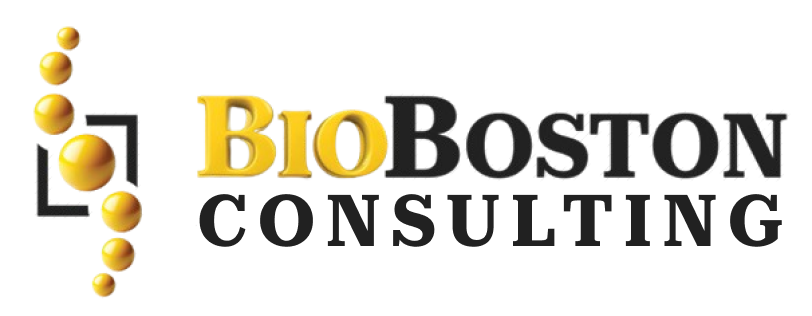Ensure GMP Compliance with Expert Documentation
In the pharmaceutical and medical device industries, maintaining meticulous records is not just a best practice; it is a regulatory requirement. Under current Good Manufacturing Practices (GMP), record-keeping plays a crucial role in ensuring that products meet safety, quality, and integrity standards. Proper documentation not only helps companies keep track of production but also provides the transparency necessary for regulatory compliance during audits.
Why Documentation and Record-Keeping Are Critical for GMP Compliance
For businesses operating within regulated industries, following the FDA’s 21 CFR 211 Subpart J guidelines on records and reports is essential. These guidelines outline specific requirements for the documentation of records related to the production, testing, and release of pharmaceutical products.
Properly maintained records serve multiple purposes:
- Traceability: They provide a clear audit trail of production activities and decisions made throughout the process.
- Transparency: They give regulators and consumers evidence of the product’s quality, safety, and compliance.
- Problem Resolution: Records help identify potential issues, corrective actions, and preventive measures, ensuring that products meet regulatory standards and consumer expectations.
Key Requirements for GMP-Compliant Record Keeping
Let us break down some of the fundamental record-keeping and documentation practices that every pharmaceutical and medical device company must follow to maintain GMP compliance:
- Document Design and Review
All documents, such as batch records, must be carefully designed, reviewed, and distributed. For example, in the case of batch records:
- Batch records are created by management and reviewed by quality assurance to ensure they are compliant with regulatory requirements.
- Only quality assurance personnel can print batch records to prevent unauthorized access and ensure the correct document is being used.
- Legibility and Clarity
Documentation must be clear and legible. Every entry in a record needs to be easily readable to avoid misinterpretation during an audit. If an FDA inspector requests a record, they must be able to understand it without any confusion or ambiguity.
- Signature, Approval, and Dates
Documents must be approved, signed, and dated by the appropriate personnel at every stage of the workflow:
- The document must go through several reviews before final approval.
- At each approval stage, individuals must sign and date the document to confirm its authenticity and accuracy.
- Specificity of Content
Documents should be specific in title, content, and purpose. For example, batch records should detail the product name, dosage, manufacturing procedure, and any other critical details. This eliminates any ambiguity and ensures that no documents can be misinterpreted or repurposed for other processes.
- Regular Reviews and Updates
Documentation must be reviewed regularly to ensure accuracy and relevance. Companies should establish a schedule for reviewing and updating documents, especially in response to new regulatory guidance or process improvements. Regular reviews also help identify errors before they become issues for regulators.
- Typed Documentation
Typed documentation is preferred over handwritten records to avoid legibility issues and ensure clarity. This also helps control the risk of unnecessary corrections or changes that could compromise the integrity of the data.
- Correcting Errors
Any corrections made to documents or records must follow a strict process:
- Errors should be crossed out with a single line, initialed, and dated.
- The reason for the correction must be noted, ensuring that the change is transparent and justified.
- Traceability in Manufacturing
Manufacturing actions must be recorded clearly for full traceability. Every step of the process, including the operator’s initials and the date, should be documented to ensure the batch can be traced back to its origin.
Avoiding GMP Audit Issues: Best Practices
A common risk for companies that fail to manage their documentation properly is receiving FDA 483 observations. These citations can result from improper documentation practices, such as missing signatures, illegible records, or failure to follow documented procedures. To avoid audit failures and costly penalties, it is crucial to uphold GMP record-keeping standards from the start.
At BioBoston Consulting, we offer document review and compliance services to help ensure your company’s records meet GMP requirements. Our expertise in navigating FDA guidelines and preparing for audits can save your company time and money while safeguarding your reputation in the industry.
How BioBoston Consulting Can Help
At BioBoston Consulting, we specialize in helping pharmaceutical and medical device companies optimize their documentation practices for GMP compliance. Whether you need assistance with:
- Document creation, review, and approval
- Compliance gap analysis
- Audit preparation and support
We offer tailored solutions that ensure your documentation meets regulatory standards and can withstand scrutiny during FDA inspections.
Ready to Ensure GMP Compliance?
If your company is struggling to manage GMP documentation or prepare for an FDA audit, BioBoston Consulting is here to help. Our experts can guide you through the complexities of record-keeping, document management, and audit readiness.
Contact BioBoston Consulting today to get started with expert documentation services that ensure compliance and smooth audits.
Get in Touch with BioBoston Consulting Now!
By partnering with BioBoston Consulting, you can streamline your documentation processes and avoid costly audit issues, ensuring your products meet the highest quality standards.

